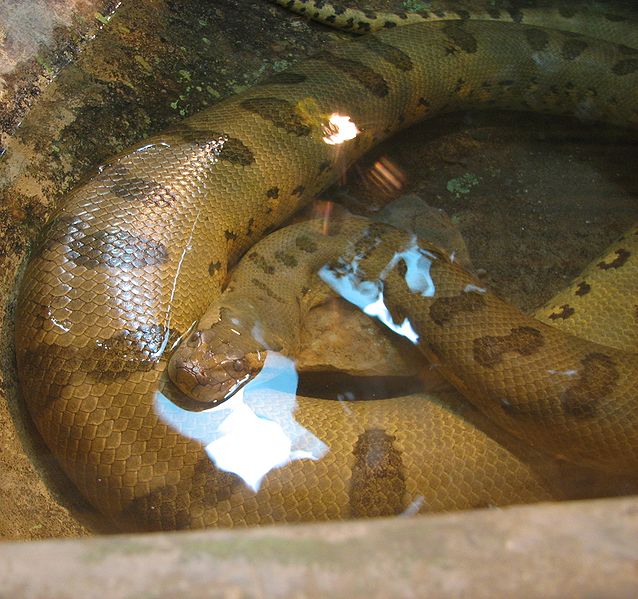 Most invertebrate keepers have noticed that individuals of the same species often behave quite differently under the same circumstances. For example, one Giant Bird-Eating Spider might feed in broad daylight and be content to remain in the open, while another refuses to eat unless provided with a deep burrow and complete darkness – I can recall countless similar observations. Does this mean that these “simple” creatures have personalities? According to a recent study, the answer may be “yes”…
Most invertebrate keepers have noticed that individuals of the same species often behave quite differently under the same circumstances. For example, one Giant Bird-Eating Spider might feed in broad daylight and be content to remain in the open, while another refuses to eat unless provided with a deep burrow and complete darkness – I can recall countless similar observations. Does this mean that these “simple” creatures have personalities? According to a recent study, the answer may be “yes”…
How Does One Test Insect Personalities?
An article published in the September, 2010 issue of The Proceedings of the Royal Society (B), reveals that individual insects exhibit distinct personality traits, and that these traits remain consistent in different situations. Read More »
 That Reptile Blog – Reptile, Amphibian and Exotic Pet Care and Information
That Reptile Blog – Reptile, Amphibian and Exotic Pet Care and Information




